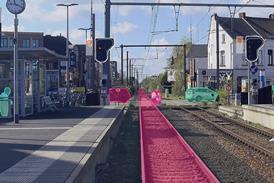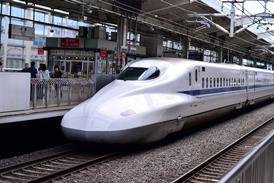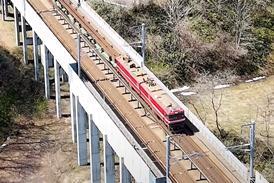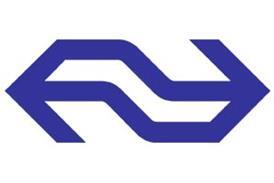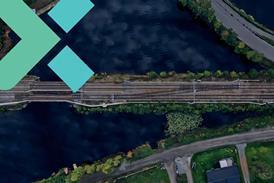Close menu
- Home
-
News
- Back to parent navigation item
- News
- Traction and rolling stock
- Passenger
- High speed
- Freight
- Infrastructure
- Policy
- Technology
- Ticketing
- Business
- Research, training and skills
- Accessibility and inclusion
- People
- Urban rail news
- Suburban and commuter rail
- Metro
- Light rail and tram
- Monorail and peoplemover
- Regions
- InnoTrans
- In depth
- Events
- Data
- Maps
- Tenders & Jobs
- Sponsored content
- Insights
Eschede: questions and consequences
By Railway Gazette International1998-07-01T10:00:00
THE German ICE tragedy (p449) has shattered the excellent safety record of high speed rail travel. To date the only two serious accidents involving high speed trains both occurred last year. One was a collision in September at about 160 km/h between an IC125 and a freight train at Southall ...
Already have an account? LOG IN
To continue…
You’ve reached your limit of content for the month

